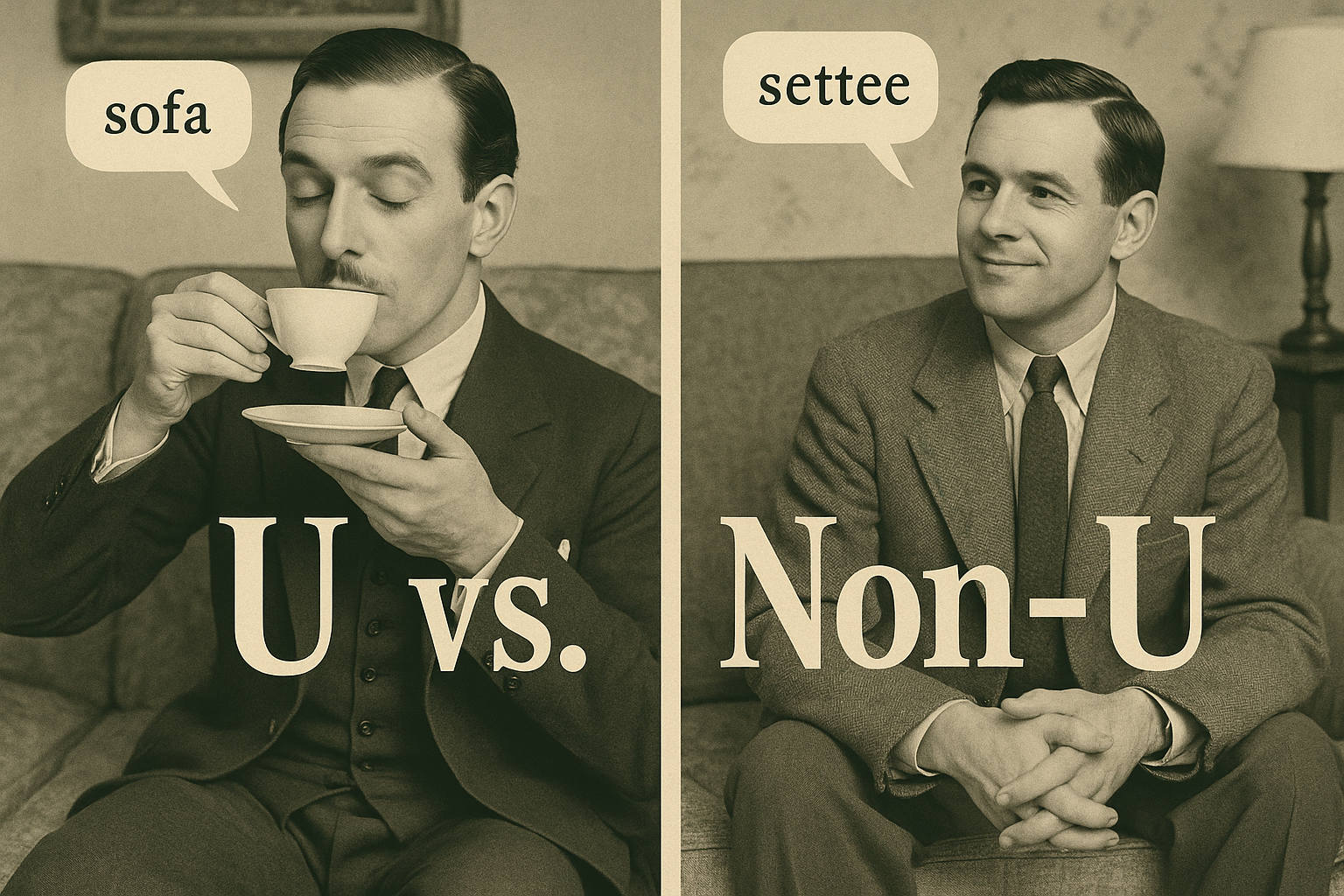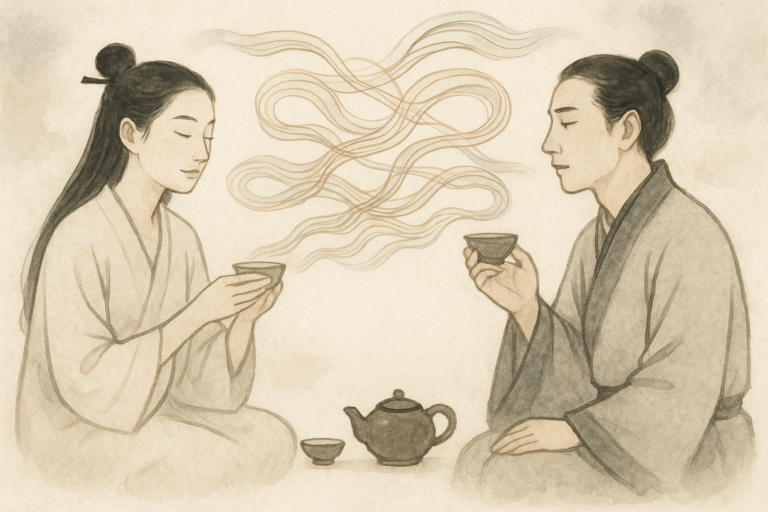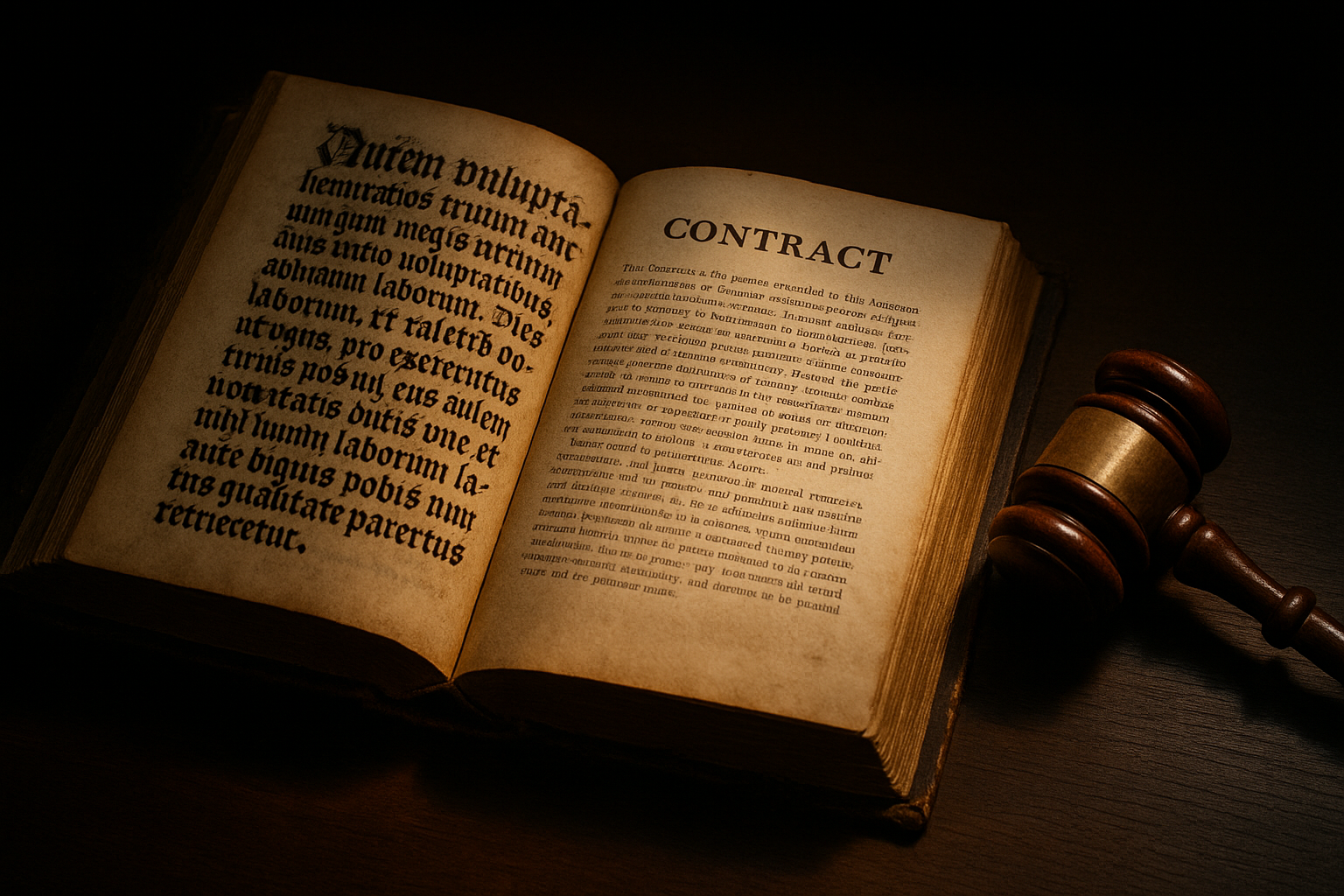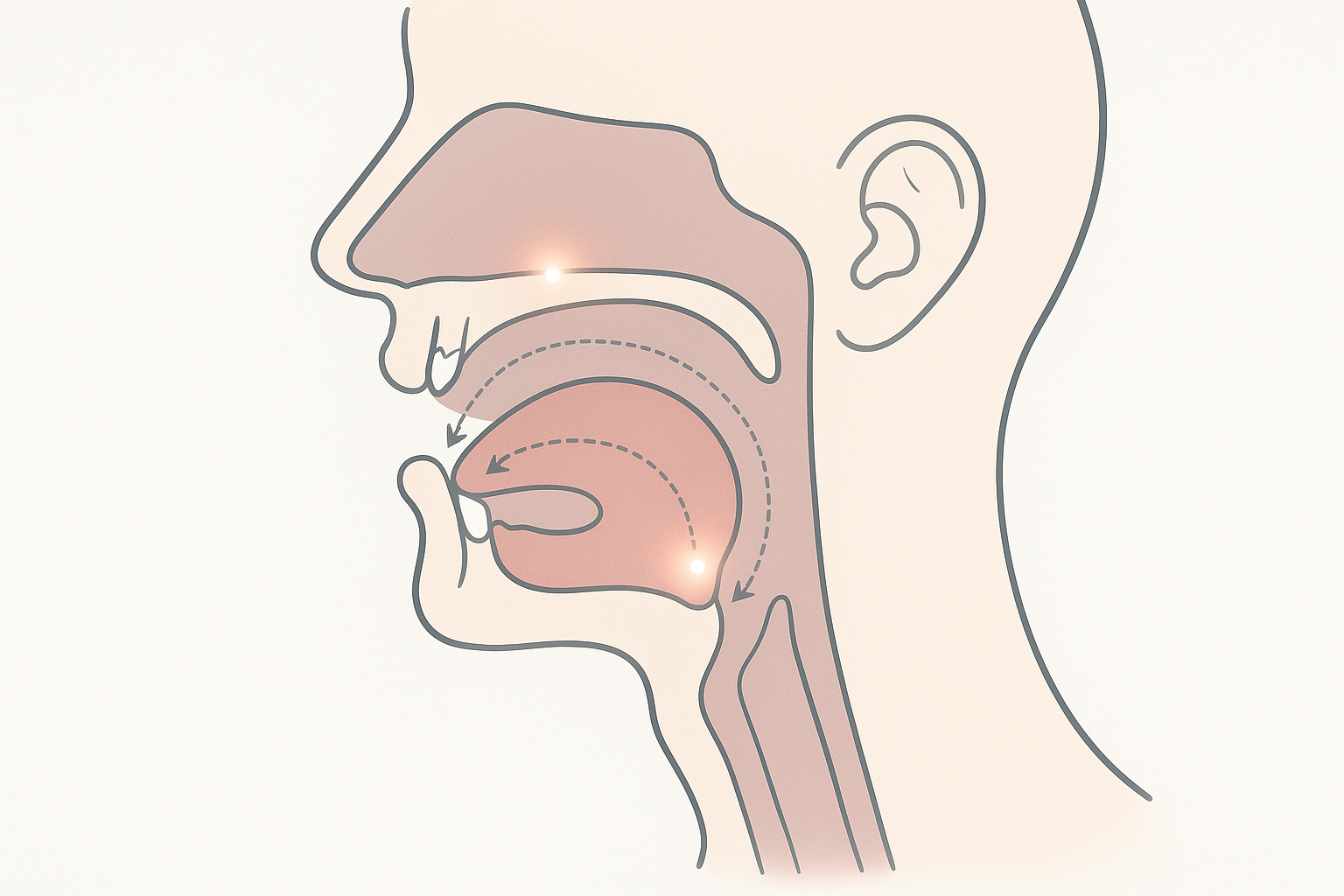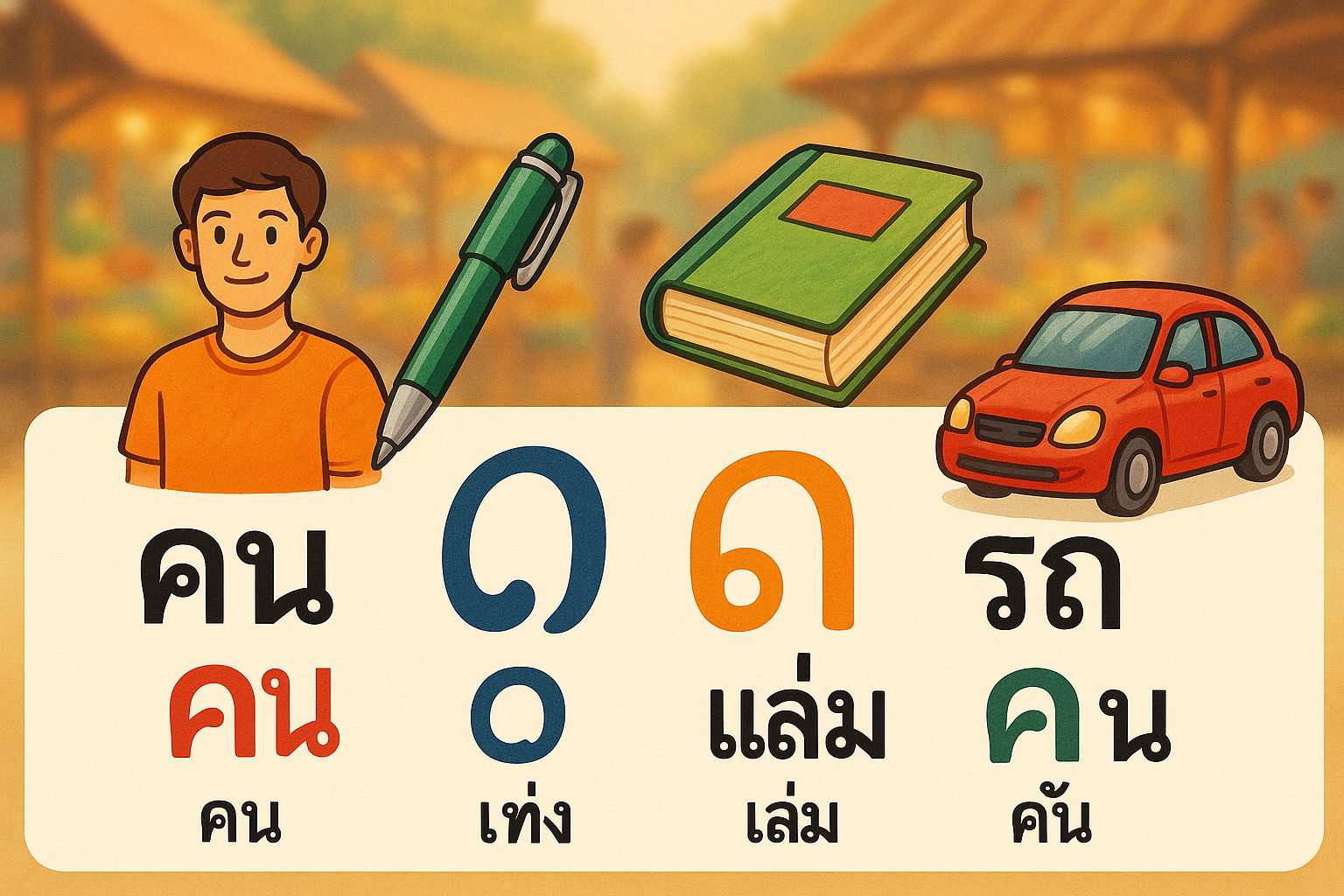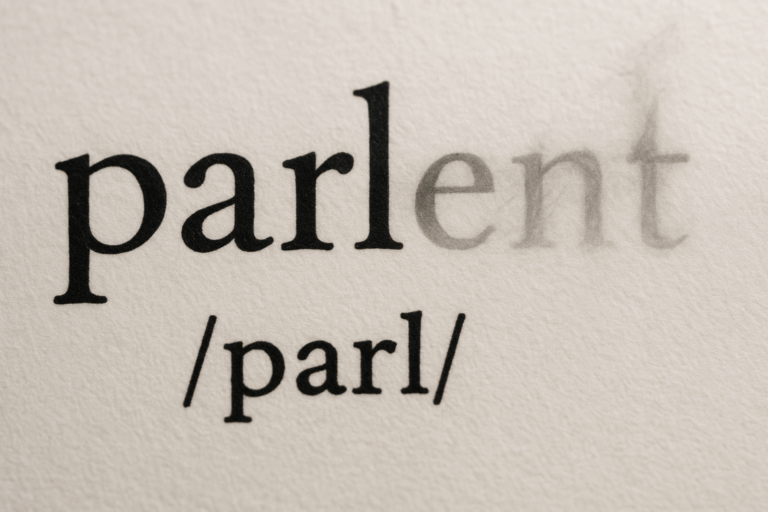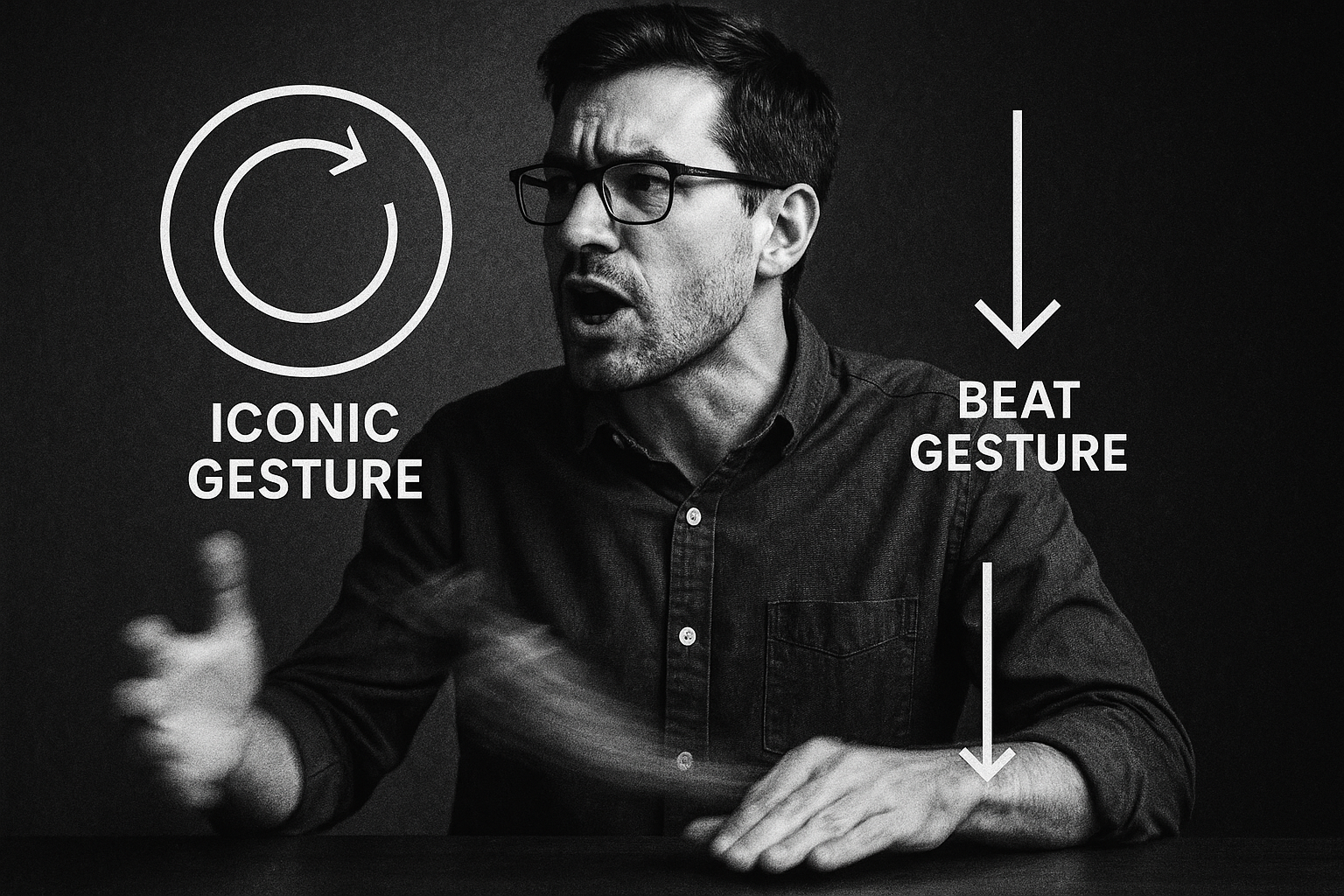Imagine a time when your choice of words for everyday objects could instantly place you on a social ladder. A time when saying “mirror” instead of “looking-glass,” or “serviette” instead of “napkin,” could mark you not just as different, but as socially inferior. This wasn’t a scene from a satirical novel; this was the reality of 1950s Britain, a nation gripped by a linguistic phenomenon known as “U and non-U English.”
It was a cultural flashpoint that exposed the country’s raw nerves about class, aspiration, and identity. At its heart was a simple, yet devastatingly effective, idea: the upper class (“U”) spoke a different language from the aspiring, non-upper middle classes (“non-U”), and the differences were hidden in plain sight.
The Academic Spark
The story begins not in a grand drawing-room, but in the quiet halls of academia. In 1954, Alan S. C. Ross, a professor of linguistics at the University of Birmingham, published a paper in a somewhat obscure Finnish philological journal. Titled “Linguistic class-indicators in present-day English,” his essay was a scholarly analysis of the subtle verbal cues that distinguished the English upper class.
Ross’s central argument was that while accent could be learned or faked, vocabulary was a far more reliable indicator of social origin. He observed that the upper class used a specific set of words, often simpler and more direct, that set them apart. He labelled this lexicon “U” for Upper Class. In contrast, the “non-U” speakers—primarily the middle and lower-middle classes aspiring to a higher social station—often used what they perceived to be more refined, elegant, or “correct” words. These words, however, were a dead giveaway to those in the know.
For Ross, this was a descriptive linguistic project. He was merely documenting a pattern. He had no idea he was about to light a social firecracker.
Nancy Mitford Fans the Flames
Ross’s paper would likely have remained a niche academic curiosity if not for Nancy Mitford. A celebrated novelist, journalist, and one of the infamous Mitford sisters, she was herself a quintessential member of the aristocracy she wrote about. After reading Ross’s essay, she was thoroughly amused and recognised the truth in his observations.
In 1955, she published her own essay, “The English Aristocracy,” in the magazine Encounter. In it, she took Ross’s academic framework, injected it with her trademark wit and aristocratic mischievousness, and presented it to the general public. Mitford transformed Ross’s dry analysis into a practical, and rather snobbish, guide to social navigation. She cheerfully listed the verbal tripwires, turning language into a public parlour game where the prize was social acceptance and the penalty was ridicule.
Suddenly, the U and non-U debate was everywhere. It was discussed in pubs, debated in living rooms, and dissected in furious letters to newspaper editors. Mitford had taken a linguistic observation and turned it into a national obsession.
The Telltale Lexicon: A Glossary of Class
What exactly were these linguistic landmines? The non-U terms were often what linguists call “genteelisms”—words used in an attempt to sound more refined, which ironically achieve the opposite effect. The non-U speaker, anxious not to appear common, would reach for a French-derived word like serviette, believing it to be posher than the plain Anglo-Saxon napkin. The U-speaker, confident in their status, felt no such anxiety and stuck to the simpler, traditional term.
Here are some of the most famous examples that Mitford popularised:
- U: looking-glass
Non-U: mirror - U: lavatory / loo
Non-U: toilet (Considered shockingly vulgar by the U, as it referred too directly to the object itself) - U: napkin
Non-U: serviette - U: sofa
Non-U: settee / couch - U: scent
Non-U: perfume - U: sick
Non-U: ill (U-speakers would only use ‘ill’ in phrases like “mentally ill”; for general unwellness, ‘sick’ was the word) - U: vegetables
Non-U: greens (A strange reversal, where the non-U term sounds more rustic) - U: rich
Non-U: wealthy (The U-speaker’s directness versus the non-U’s slight euphemism)
The naming of meals was another minefield. For a U-speaker, the day’s meals were breakfast, luncheon (or lunch), and dinner. For many non-U speakers, the midday meal was dinner and the evening meal was tea. To call your evening meal “dinner” if you were from a social group that called it “tea” was seen as a pretentious affectation.
The Social Fallout
The reaction was explosive. The debate was compiled into a 1956 book, Noblesse Oblige: An Enquiry into the Identifiable Characteristics of the English Aristocracy, which featured essays from Ross, Mitford, Evelyn Waugh, and others. It became a bestseller.
For many in post-war Britain, a country grappling with profound social change and increased mobility, the U/non-U guide was a source of intense anxiety. Had they been using the “wrong” words their entire lives? Were they being silently judged in shops, at work, and by their neighbours? Others reacted with anger, seeing it as blatant, un-British snobbery designed to keep the classes firmly in their place.
As one commentator noted, it was as if “the drawbridge of Linguistic Correctness was being hastily hauled up.”
The phenomenon perfectly captured the tension of the era. The old aristocracy was losing its economic and political power but clung fiercely to its cultural capital. The rising middle class had money and ambition but lacked the inherited, unspoken codes of the elite. Language became the battlefield on which this social war was waged.
Echoes in the 21st Century: Does U and non-U Still Exist?
So, does any of this matter today? If you walked into a pub and asked for the “lavatory,” you’d likely get a strange look. “Toilet” has won the war and is now the universal term. “Looking-glass” has been almost entirely superseded by “mirror,” and “settee” now just sounds a bit dated rather than socially specific. Most of the explicit vocabulary that Mitford catalogued has faded into a historical curiosity.
However, the principle behind U and non-U is far from dead. Language is, and always will be, a powerful social signifier. The markers have simply shifted.
Today, class indicators might be found in:
- Accent and Pronunciation: The nuances of Received Pronunciation (RP) versus Estuary English or other regional accents still carry social weight.
- Subtle Grammar: Using “myself” instead of “me” in a sentence like “Please send the email to John and myself” can be seen by some as a modern non-U hypercorrection.
- Cultural References: Knowledge of certain books, holiday destinations, or brands serves the same function as knowing to say “sofa” not “couch.”
- Jargon and Buzzwords: The overuse of corporate jargon can be seen as a non-U attempt to signal professional status, much like using “serviette” was an attempt to signal social status.
The U and non-U debate was a snapshot of a particular moment in British history. But it left a lasting legacy. It reminded everyone that the words we choose are never neutral. They are badges of identity, whispers of our origins, and signals of where we feel we belong. And that is a linguistic truth that hasn’t changed at all.
